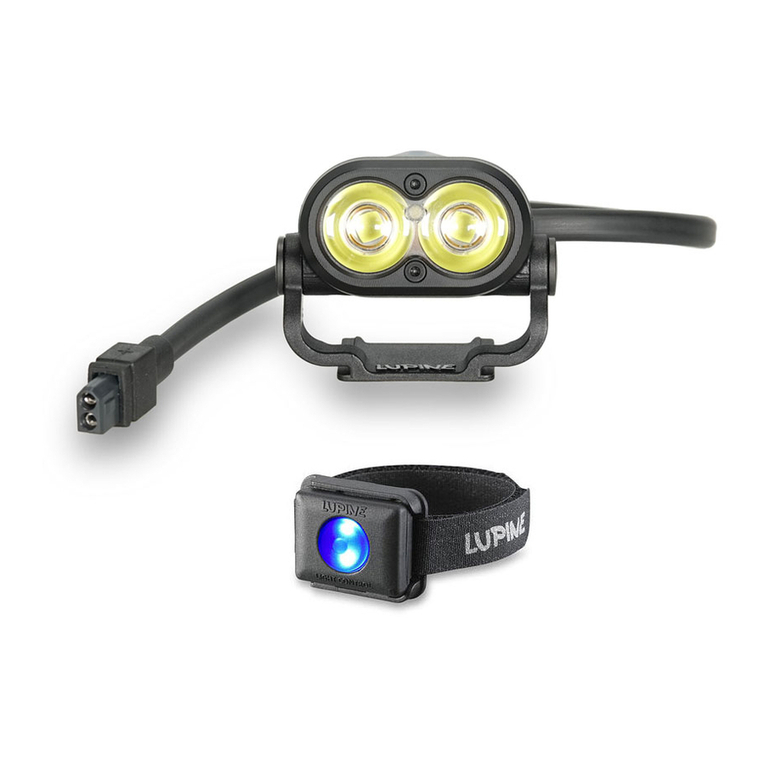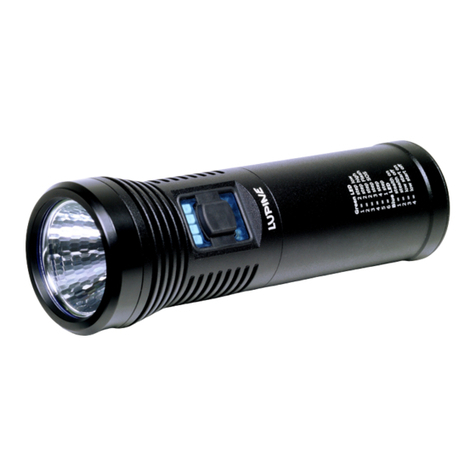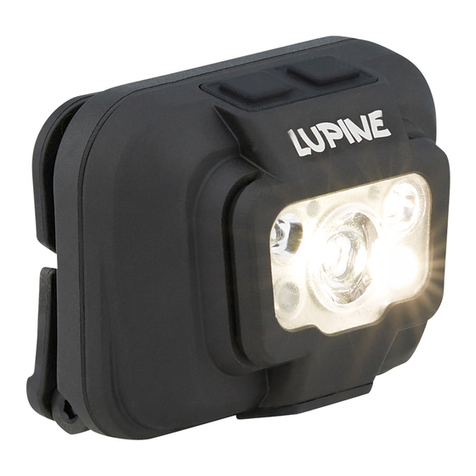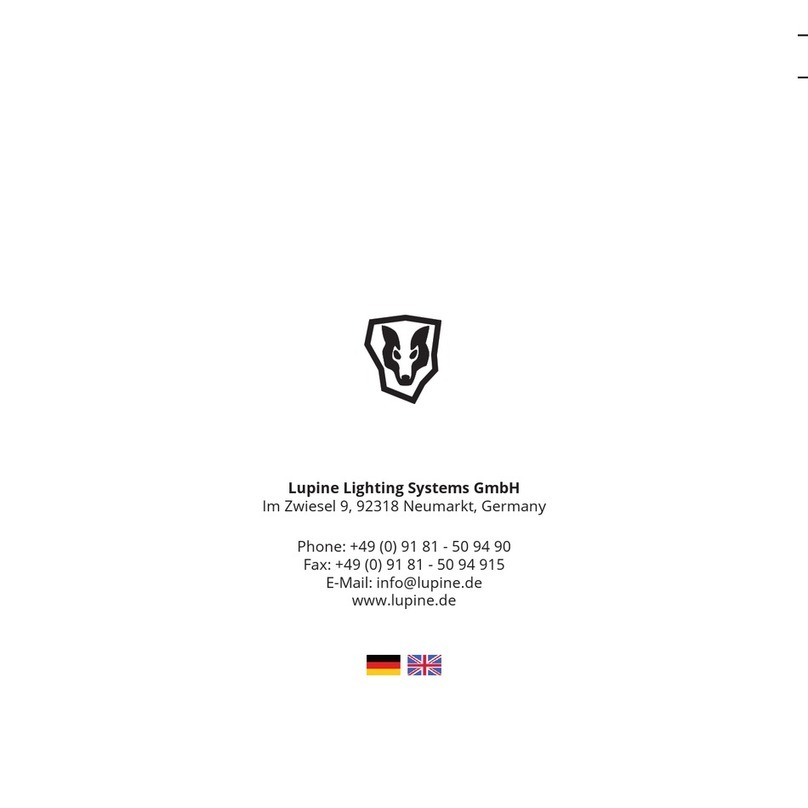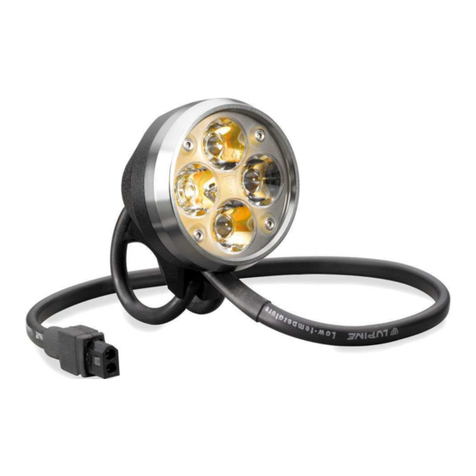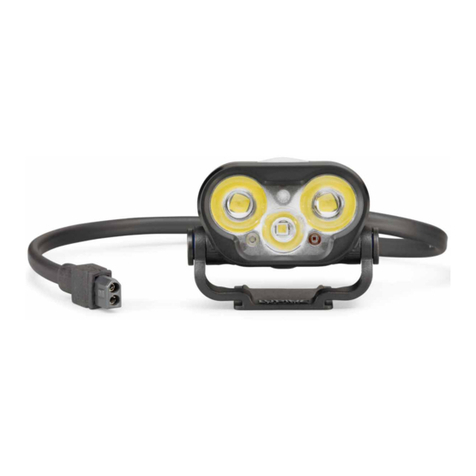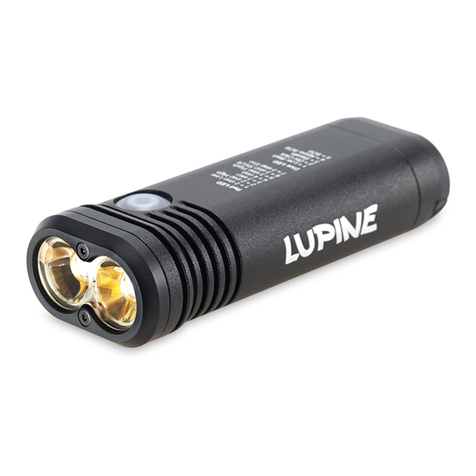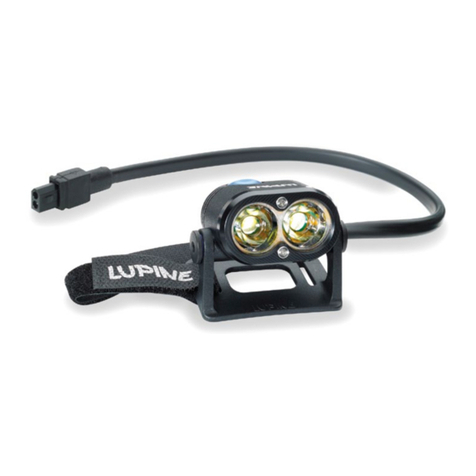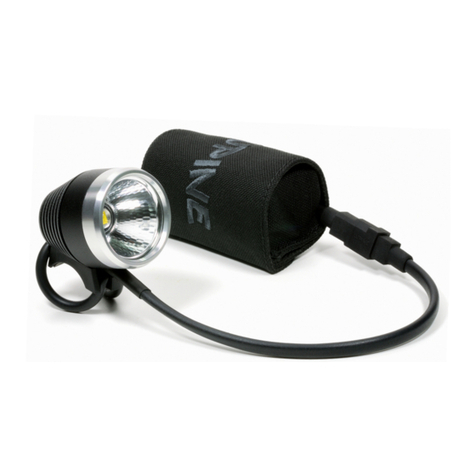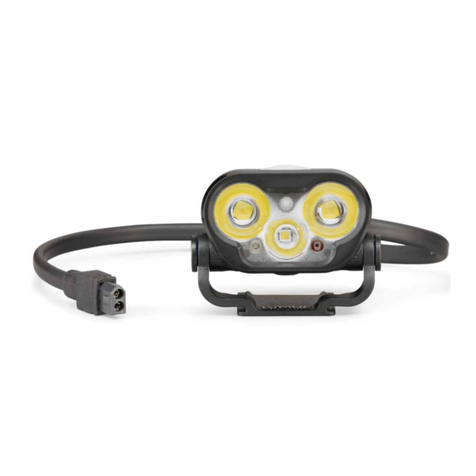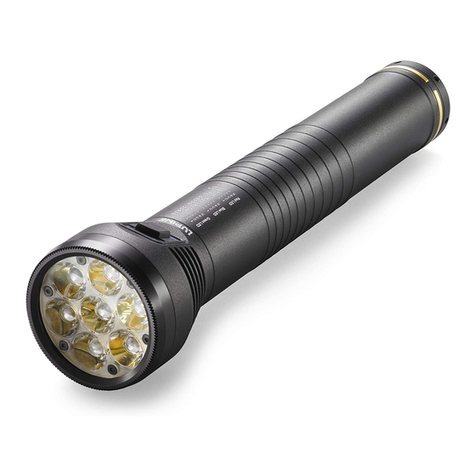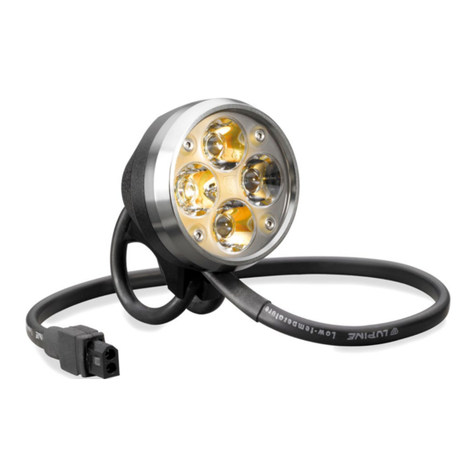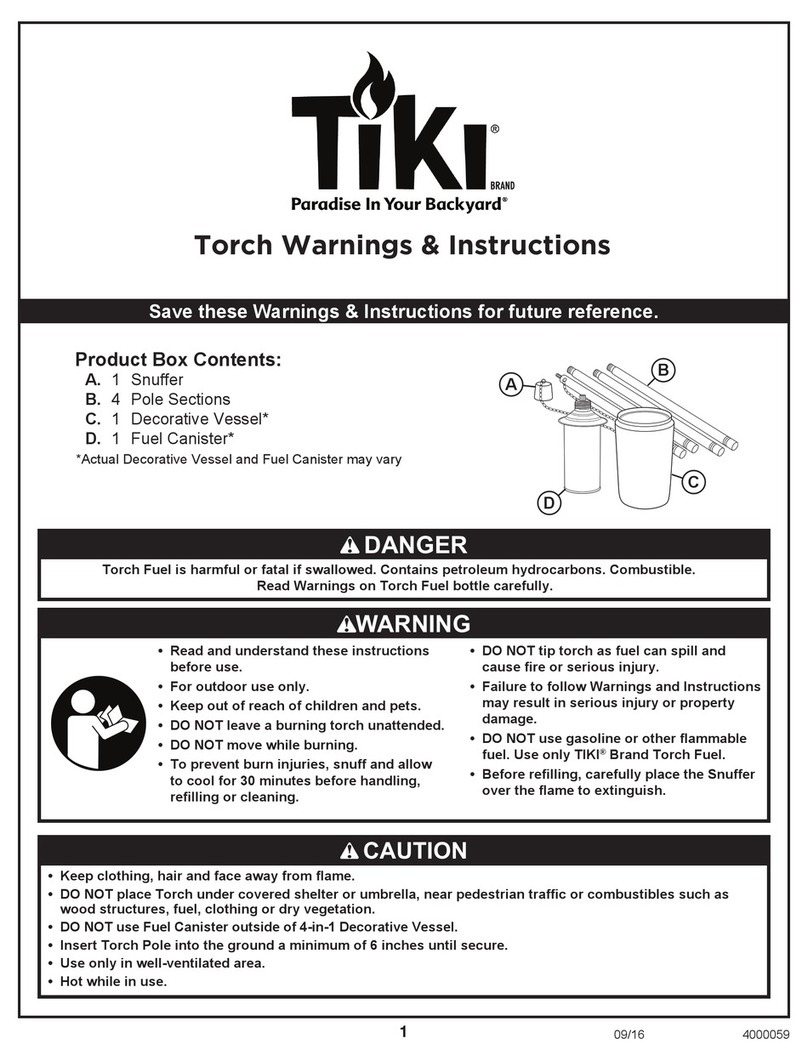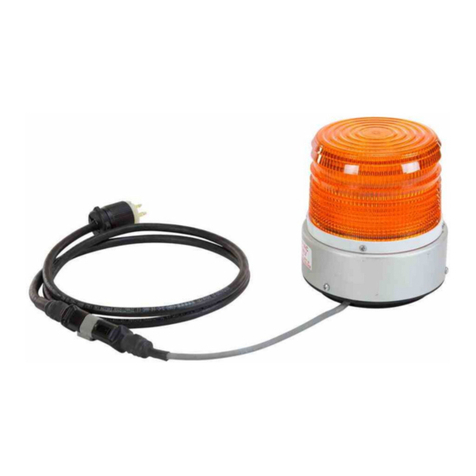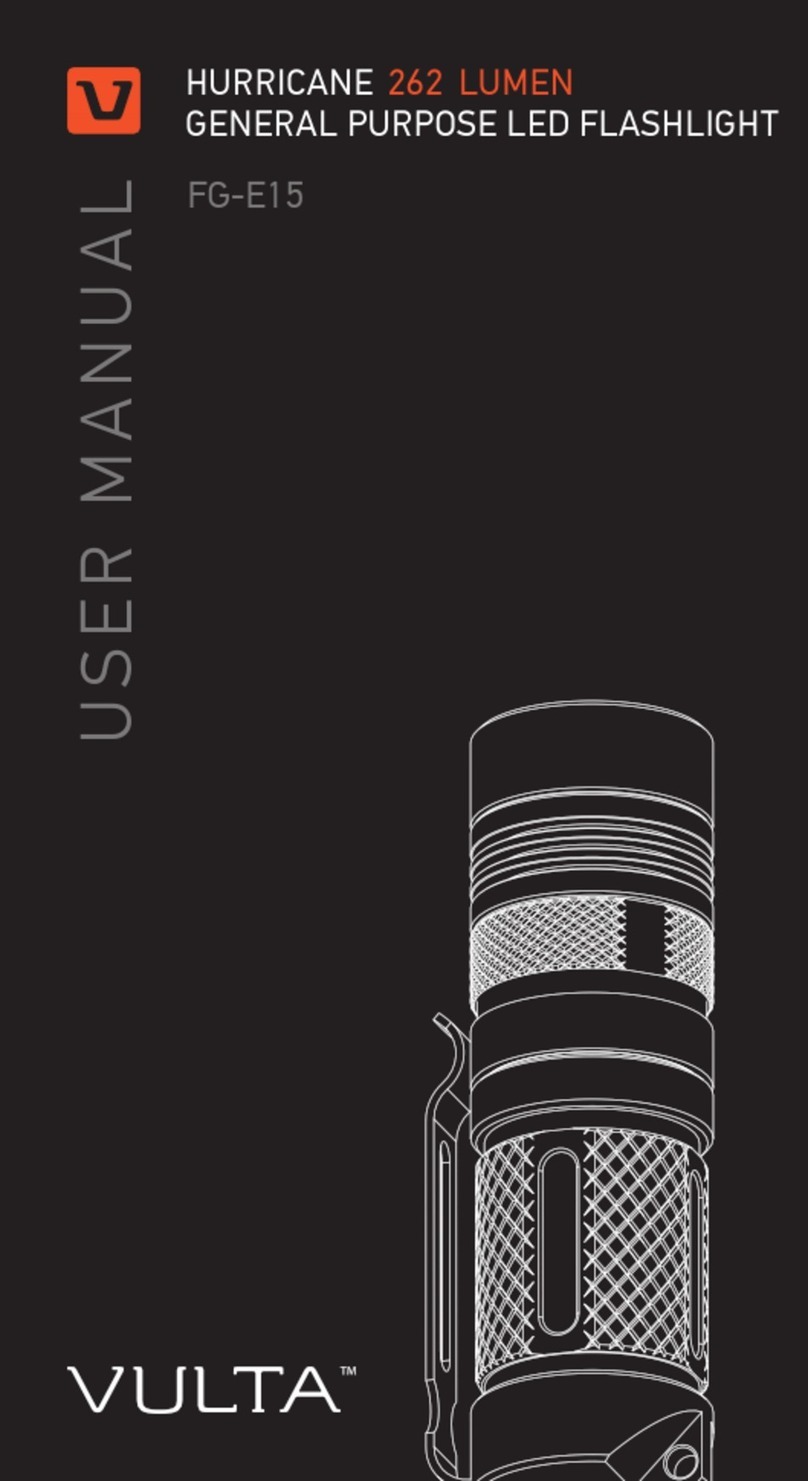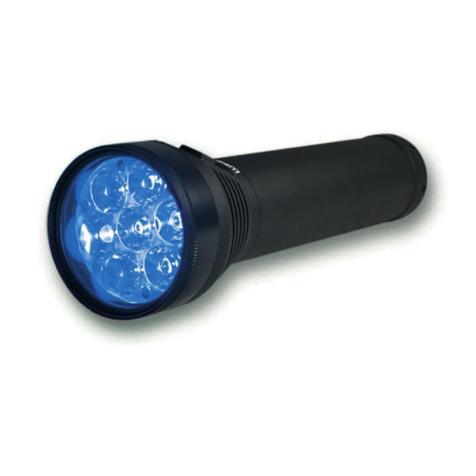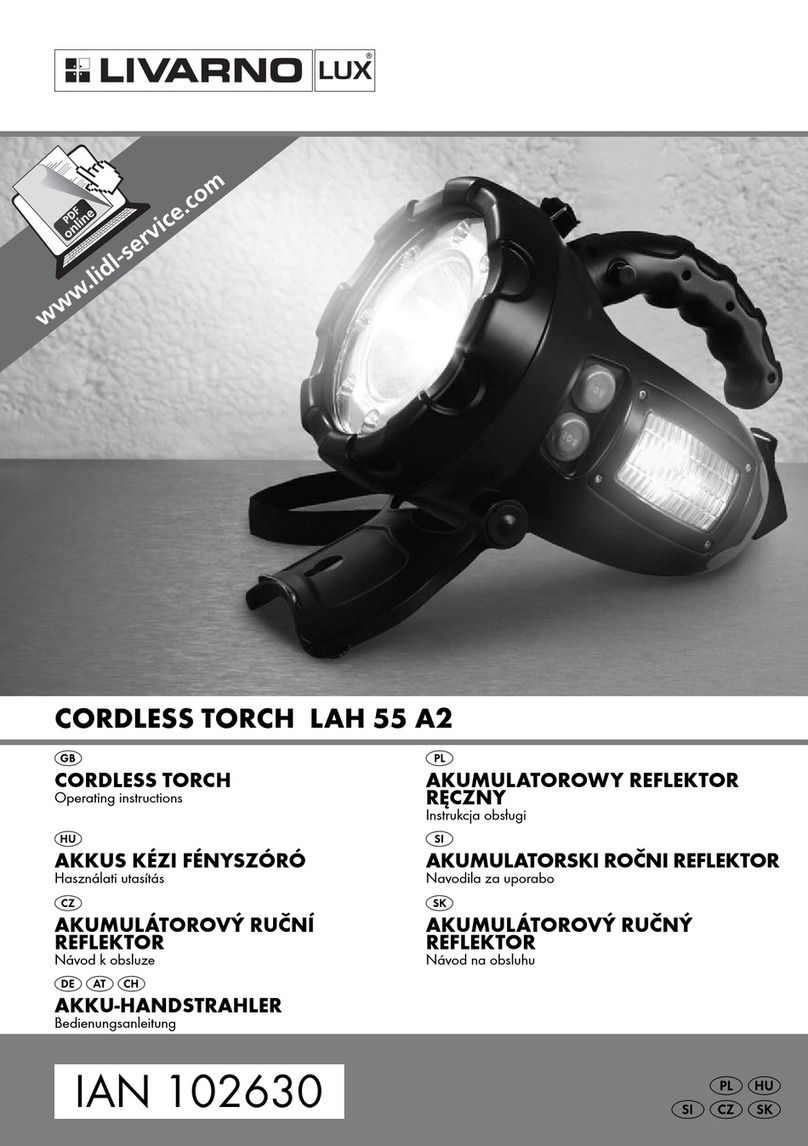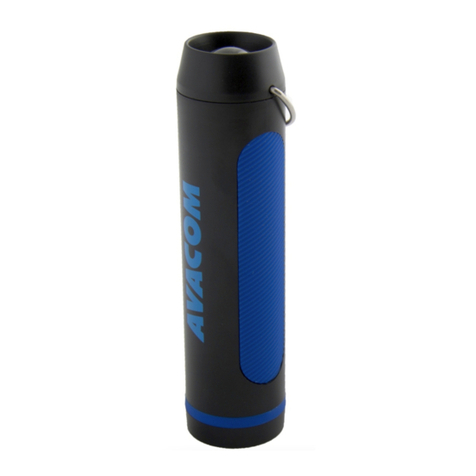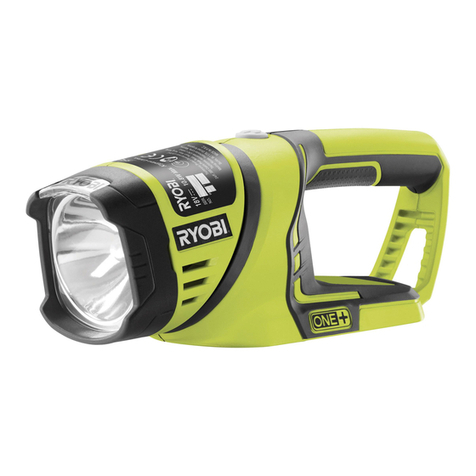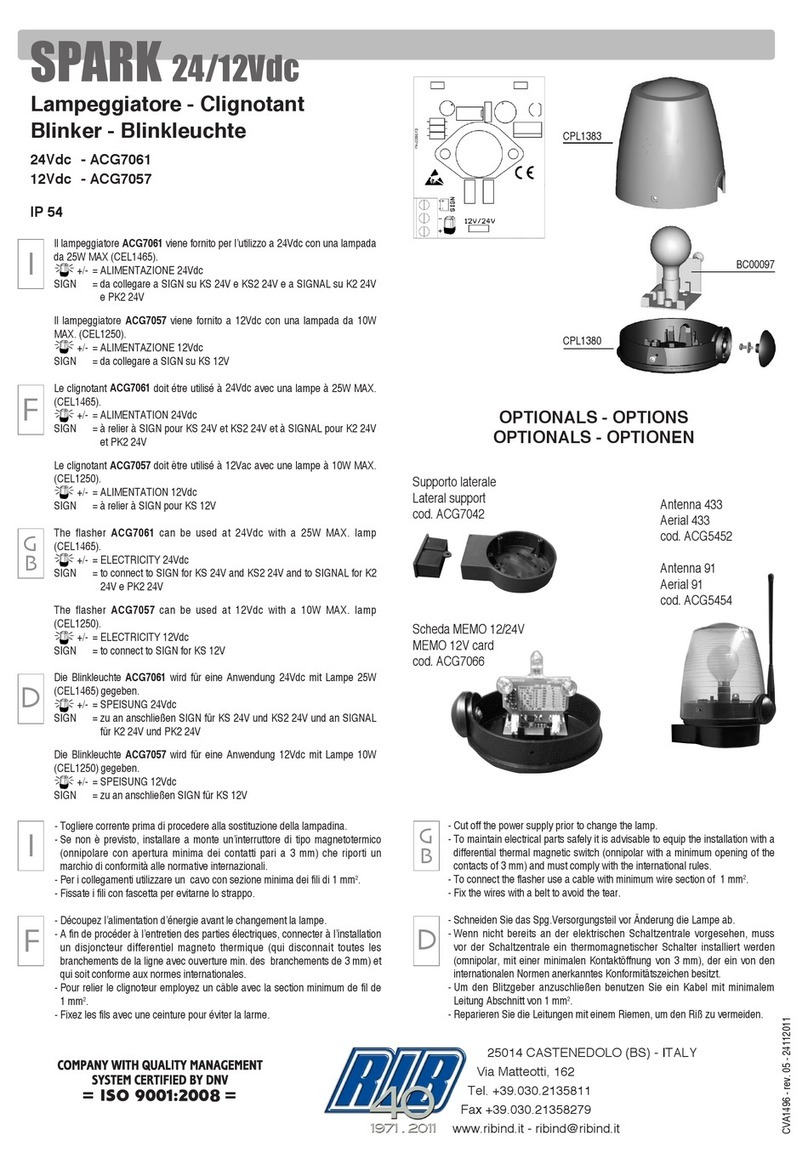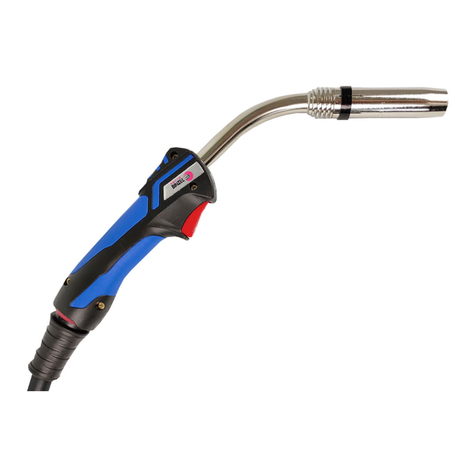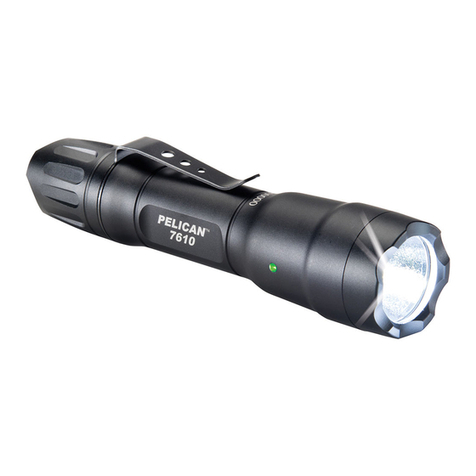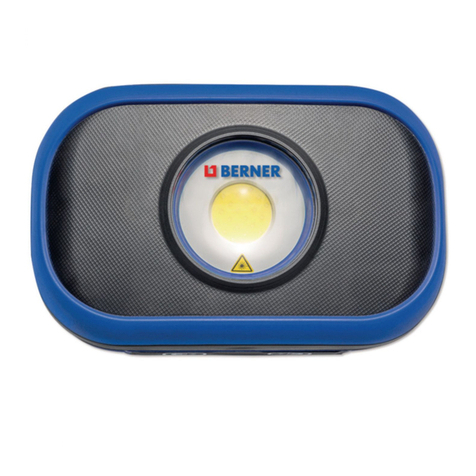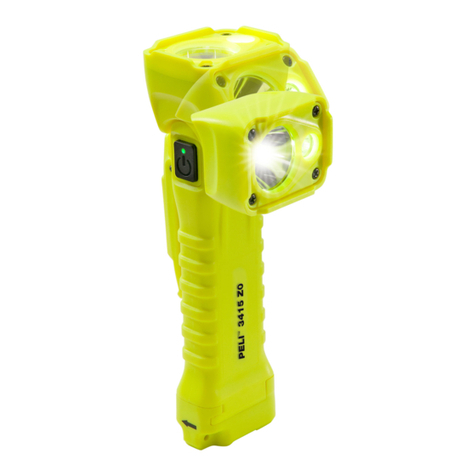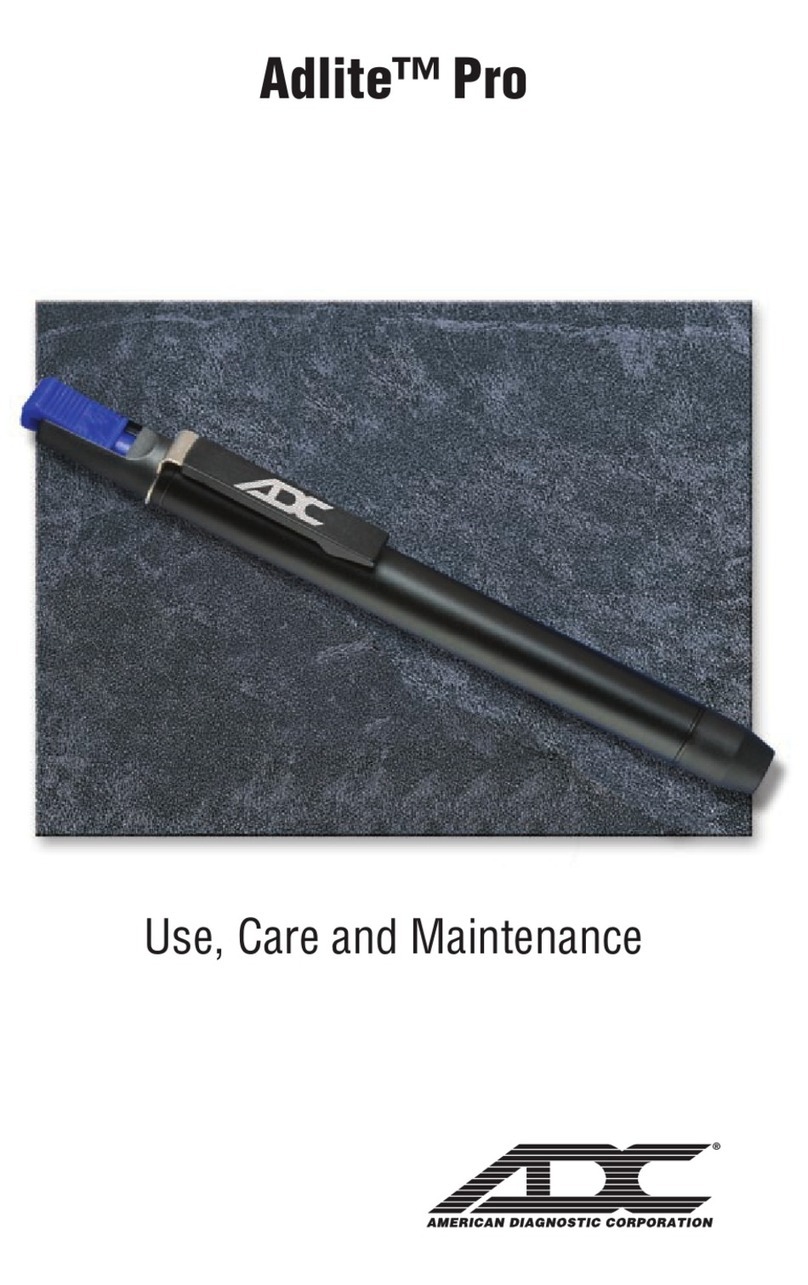2Piko 3Piko
The light and charger are ready for use when delivered. All you have to do is charge the battery
before using the product. See charger section.
Safety instructions:
Carry a spare light with you at all times, as the product can potentially fail unexpectedly at any time.
Heat generation:
Our Piko is not a ashlight. The housing may heat up; so make sure that you always keep the light at
a safe distance to any combustible or ammable materials. Could cause re or death!
However, quiescent operation (without cooling the light housing via airow or the like) is possible
at any time and will not damage the product.
Important! When the light is being used in a stationary state, the light will be dimmed after a few
minutes to reduce the light's temperature. Continuous operation at 8 watts is only possible with air
owing over the housing!
Water resistance:
All Piko components are waterproof and can of course be used under extremely severe conditions.
However, the Piko light is NOT a diving lamp and is NOT suitable for use under water.
Read this manual before using
1 2
Warning! Avoid looking directly into the light emitted by the light or shining the light
into your own eyes or the eyes of another person. If the light accidentally shines into your
eyes, close your eyes and move your head out of the light beam. Do not use any strongly
focusing optical device to look at the light beam.
In cases where the light is used in a public or commercial setting, users should be
provided with training concerning the safety measures for laser light.
General:
No tools are required for mounting this lamp. The
helmet mount is already mounted to the lighthead.
You can attach this helmet light to almost any kind
of helmet with ventilation openings.
Note: The adjustability of the lighthead is
dened by the silicone rings at both sides
of the lighthead. To always ensure awless
functionality, both black screws must be
tightened securely.
Insert one part of the velcro strap into one of the
ventilation openings available on your helmet. Each
helmet is dierent; therefore, we cannot give precise
advice on which opening to use. You may need to try
various positions and nd out which one suits best.
Tip: Many ventilation openings are sloping to the
front. Thus, you should attach the helmet mount
as close to the front rim as possible. Only then the
helmet mount will not slip down. Direct the light into
a straight forward position and tighten the velcro to
avoid slipping of the lighthead during use. A potential
bending of the baseplate is not a problem as the
plastic used is highly exible.
How to mount the lamp on a helmet can also
be watched in a video provided on our website
in the support section!
Piko 3 Helmet Light:
Mounting
